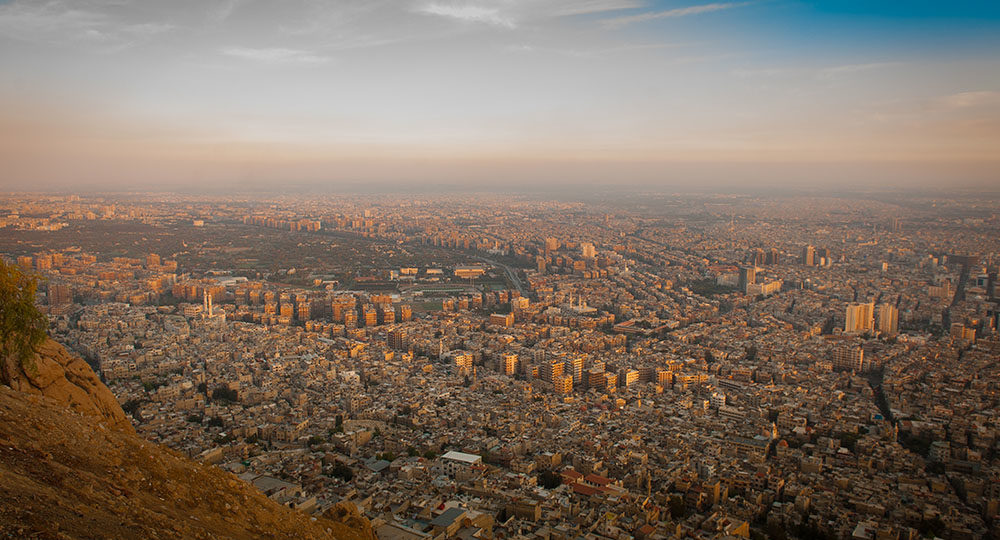


Two children, two promises. The road has not been easy for Isaac’s seed, but neither has it been a bed of roses for the descendants of Ishmael.
What happened to the Oslo “peace train”? Did it even leave the station? Ride the rails of inquiry for a look at why there still is no peace in the Middle East.
“Say one thing, do another.” Such is standard PA procedure. This insightful article is chock-full of facts that reveal the inconsequential value of PA promises.
Religious vs. Secular. Likud vs. Labor. Hawks vs. Doves. For a country fighting to stay alive, little Israel has more than its share of domestic troubles.
Take a trip through the history of Syria and learn how a country that once embraced Christianity has become a home for despotism and terrorists.